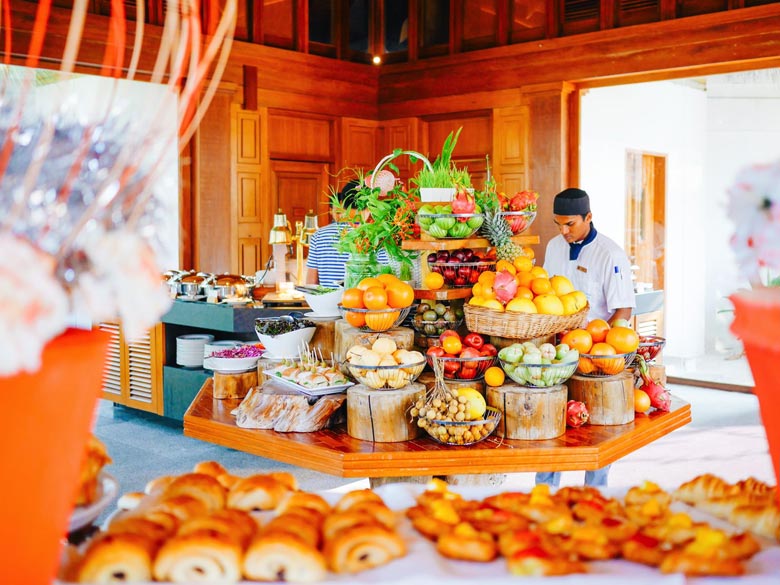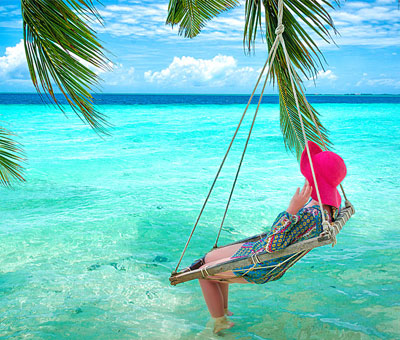The basic diet of the islanders is rice and fish broth, garudiya, usually Made from tuna. It is sometimes enlivened by a dash of salty fish paste, rihaakuru, or a spicy side dish of onion and lime, asaara. For breakfast, unleavened bread, roshi, and fish paste are served. Traditionally, Maldivians do not eat reef fish.
Another popular snack is unleavened bread and a salad mixture of grated coconut, dried fish, lime and spices, arils huni. There is also a wide range of mild, creamy curries made from home-ground curry pastes, fish and locally grown vegetables such as breadfruit, pumpkin, sweet potato and eggplant.
Maldives Tour Packages
Pricing and Itinerary
Here is list of Must Try local food in Maldives:-
Short-eats
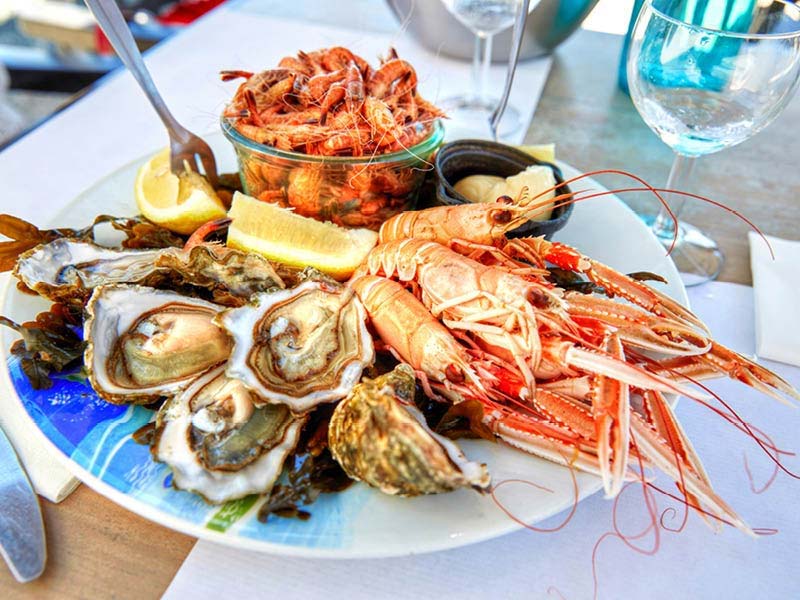
Foods in Maldives
The most tasty culinary treats in Maldives are the savoury and sweet short-eats, hedhi-kaa, available in tea-shops and restaurants. The savories, kuli eche, are usually based on a mixture of dried smoked tuna fish, grated coconut, lime juice, onion and chilli. The sweets, foni eche, are mixtures of flour, sugar and eggs and are best washed down with the national drink, hot sweet tea, sai.
Common savouries are:
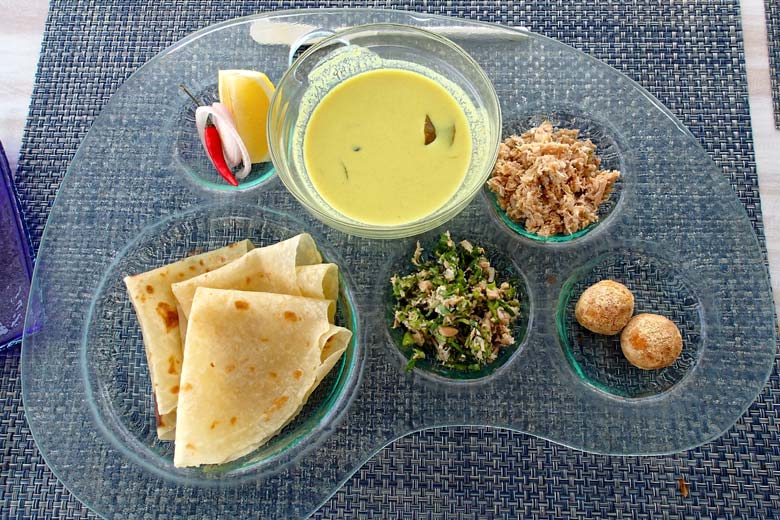
Common savouries in Maldives
Fihunu mas: fish brushed with curry paste and cooked slowly over hot coals; gulha: fish wrapped in a pastry ball and deep fried; kapaabu: deep-fried fish rissole; keemitr: deep-fried fish roll; kalhi his: fish mixture wrapped in oval-shaped pastry, steamed, turned in a thick, creamy curry paste and eaten with a spoon; kulhi hoakibaa: mildly spiced fish cake; samosa: fish mixture wrapped in triangular shaped pastry, deep-fried, with a slightly sweet aftertaste; theluli bambukeo: breadfruit chips; thefuli Kavaabu fish rissole dipped in yellow batter and deep tried.
Popular sweets are:
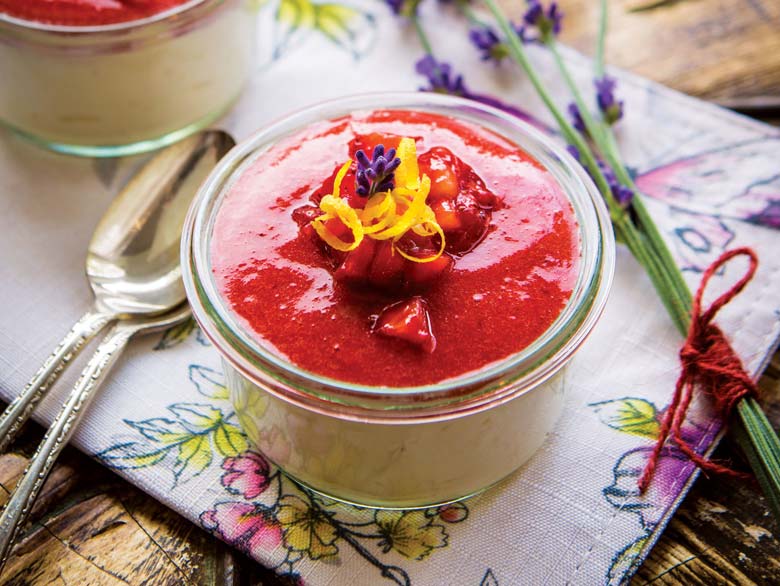
Sweets in Maldives
Banas small bread rolls usually served with jam; bondi: white, finger-long); coconut stick, sometimes wrapped in leaves; bondibaiy: rice custard; foni boakibaa: gelatinlike cake, foni folhi; thik pikelets; keyku: fluffy, plain cace; kastad; custard served on a saucer, very sweet; ussakuru guIha: sugary rice balls; rorst paan: slices of bread dipped in egg and sugar then fried; sooji: cereal drink made with semolina, coconut milk and a few sultanas; kanamadhu: nuts, sugar and a dash of cinnamon and cardamon; telali bambukco: strips of bread-fruit, deep fried until golden brown on the outside and mushy in the middle.
Chewing and smoking
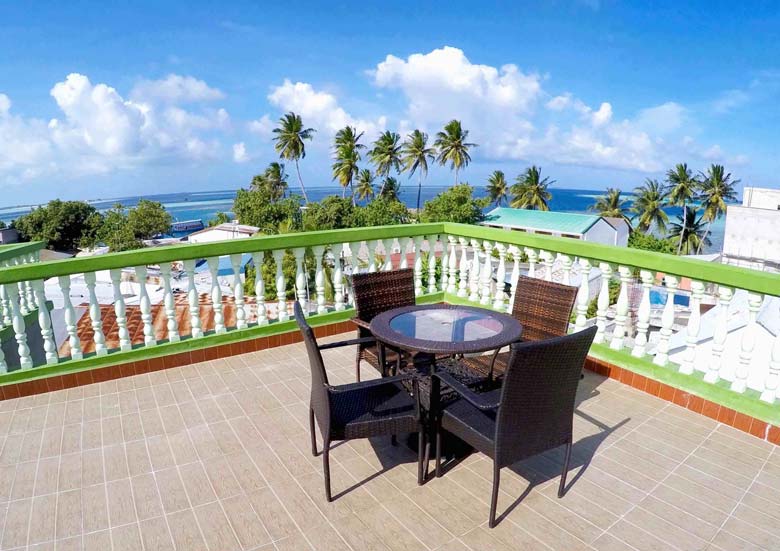
Chewing and smoking in Maldives
After meals it’s usual to pass round a tray with the ingredients to make a dhulaaechchehi — thin, crispy slices of areca nut, cloves, tobacco and lime wrapped in chewed betel leaf.
The habit dates back centuries. In the fourteenth century Ibn Battuta notes that betel was considered more precious than gold or silver. He wrote that taken with areca-nuts: “they sweeten the breath and aid digestion, prevent the disagreeable effects of drinking water on an empty stomach, and stimulate the faculties.”
Although the areca nut is grown throughout Maldives, the Indian variety is preferred. From about the age of fourteen men and women chew it all day long and their teeth become stained from its red juice. In a world without alcohol, it’s a mild stimulant.
Bidi, a local cigarette made from dark brown imported tobacco rolled very thin and tight in newspaper, is a great favorite with islanders.
Women prefer to smoke a water-cooled hookah, or hubble-bubble, in which the tobacco is flavoured with palm syrup and coconut.
Majority of the hotels and resorts in Maldives offer international cuisine, Vegetarian meals could be arranged on prior notice . For further information on cuisine or travel in Maldives, contact Swan Tours, One of the leading travel agents in India promoting Maldives since 1995.
